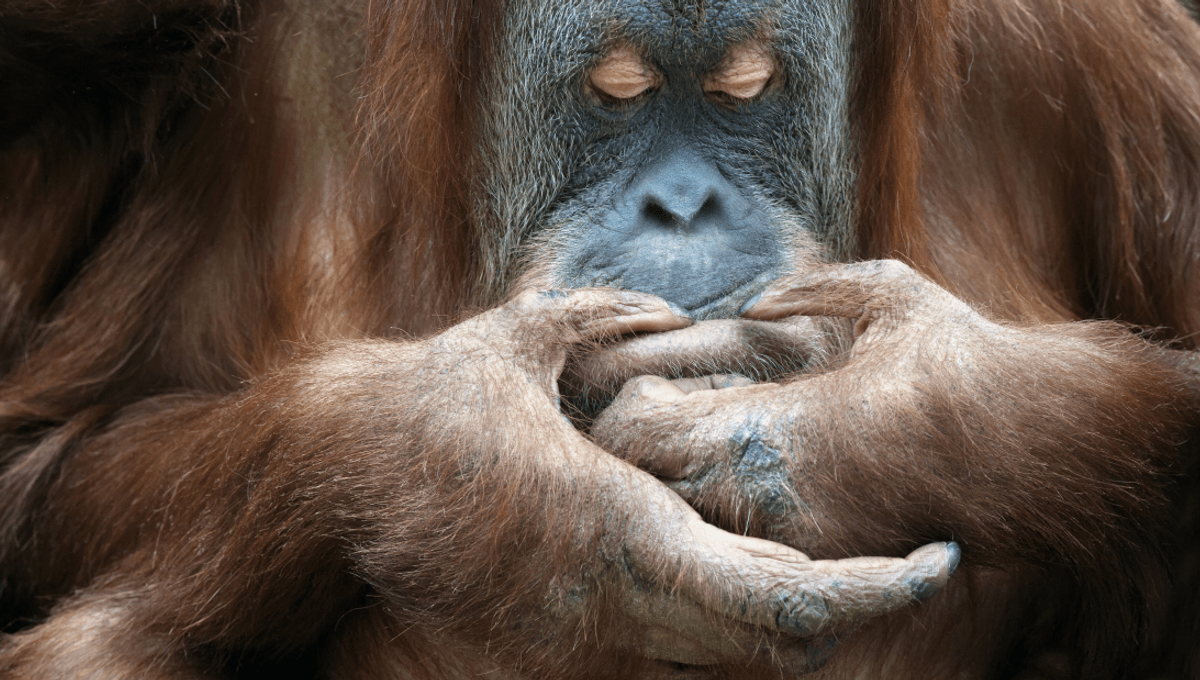
Orangutans could make great beatboxers if they had the inclination, as new research has discovered they can make two sounds simultaneously. The skill is seen in birds and human beatboxers and could explain how Homo sapiens evolved to be able to boots n’ cats so damn well (which, by the way, looks really weird in an MRI).
Communication between humans can be voiced or voiceless, like a swear or a tsk, but we rarely need to do both at once. The exception is the art of beatboxing, which sees the human mouth and throat spit up all kinds of noises and sounds simultaneously, mimicking the complex beats of hip-hop music.
While not everyone reading this is likely to be a professional beatboxer, that any humans are capable of doing these oral gymnastics indicates that somewhere along the line we evolved this degree of vocal control. Where better to begin looking for signs of it than among some of our closest relatives?
“Humans use the lips, tongue, and jaw to make the unvoiced sounds of consonants, while activating the vocal folds in the larynx with exhaled air to make the voiced, open sounds of vowels,” explained Dr Adriano Lameira, Associate Professor of Psychology at the University of Warwick in a statement. “Orangutans are also capable of producing both types of sounds—and both at once.”
“For example, large male orangutans in Borneo will produce noises known as ‘chomps’ in combination with ‘grumbles’ in combative situations,” Lameira explained. “Female orangutans in Sumatra produce ‘kiss squeaks’ at the same time as ‘rolling calls’ to alert others of a possible predator threat.”
Lameira and colleagues discovered that out in the wild, there are orangutans casually spitting chomps n’ grumbles like it’s no big deal, and the fact that they observed the simultaneous vocalizations among two separate populations shows it’s a biological phenomenon rather than a chance finding. The complex vocal control that evolved to enable these apes to communicate using multiple sounds simultaneously could well be what eventually led to incredible performances like the below being possible among their close relatives, H. sapiens.
While the famous mimicker the lyrebird creating complex sounds to mirror beatboxers has been known for a while, having an entirely difficult anatomy meant it had little significance when it comes to the development of human language. However, the discovery of orangutans’ unique vocal skills opens up new avenues of research to find out how humans learned to boots n’ cats, sing, and wax lyrical with such complexity.
“Now that we know this vocal ability is part of the great ape repertoire, we can’t ignore the evolutionary links,” continued Lameira. “It could be possible that early human language resembled something that sounded more like beatboxing, before evolution organised language into the consonant – vowel structure that we know today.”
The study is published in PNAS Nexus.
Source Link: Mad Vocal Skills Of Human Beatboxers Seen In Wild Orangutans